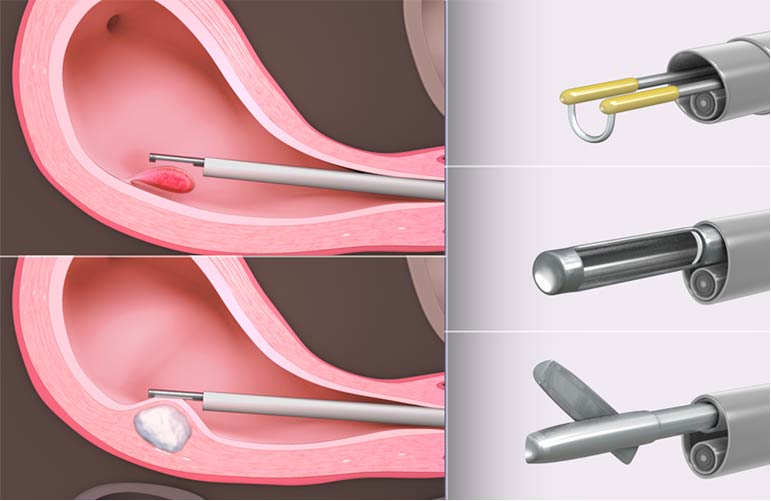
Operative Hysteroscopy
Hysteroscopy is a procedure used to diagnose and treat the reasons for irregular bleeding. Your doctor will use a hysteroscope to see inside your uterus during the surgery. A thin, illuminated tube is placed into the vagina to inspect the cervix and the interior of the uterus. Hysteroscopy can be used as a diagnostic tool or as surgical treatment.
Diagnostic hysteroscopy is performed to diagnose uterine abnormalities. Other tests, such as hysterosalpingography, are also performed to corroborate the results of diagnostic hysteroscopy. The uterus and fallopian tubes are examined with an X-ray dye test called HSG. Diagnostic hysteroscopy is frequently performed in an office environment.
Furthermore, hysteroscopy can be performed in conjunction with other procedures such as laparoscopy or prior to operations like dilation and curettage. Your doctor will put an endoscope into your belly to inspect the outside of your uterus, ovaries, and fallopian tubes during laparoscopy. The endoscope is implanted through an incision in or near your navel.
What is operative hysteroscopy?
An aberrant condition discovered during a diagnostic hysteroscopy is treated via operational hysteroscopy.
During a diagnostic hysteroscopy, if an aberrant condition is discovered, an operative hysteroscopy can be performed concurrently, thus eliminating the need for a second surgery.
Small instruments intended to fix the problem are put through the hysteroscope during operative hysteroscopy.
When it is used?
Hysteroscopy may be used by your doctor to treat the following uterine conditions:
Polyps and fibroids: Hysteroscopy is performed to remove these non-cancerous uterine growths.
Uterine adhesions, also known as Asherman's Syndrome, are bands of scar tissue that can form in the uterus and cause alterations in menstrual flow and infertility. Hysteroscopy can assist your doctor in locating and removing adhesions.
Septums: Hysteroscopy can help establish whether you have a uterine septum, which is a congenital abnormality of the uterus.
Hysteroscopy can assist in determining the source of heavy or prolonged menstrual flow, as well as bleeding between periods or after menopause. Endometrial ablation is a technique that uses the hysteroscope and other equipment to remove the uterine lining in order to treat some causes of excessive bleeding.
